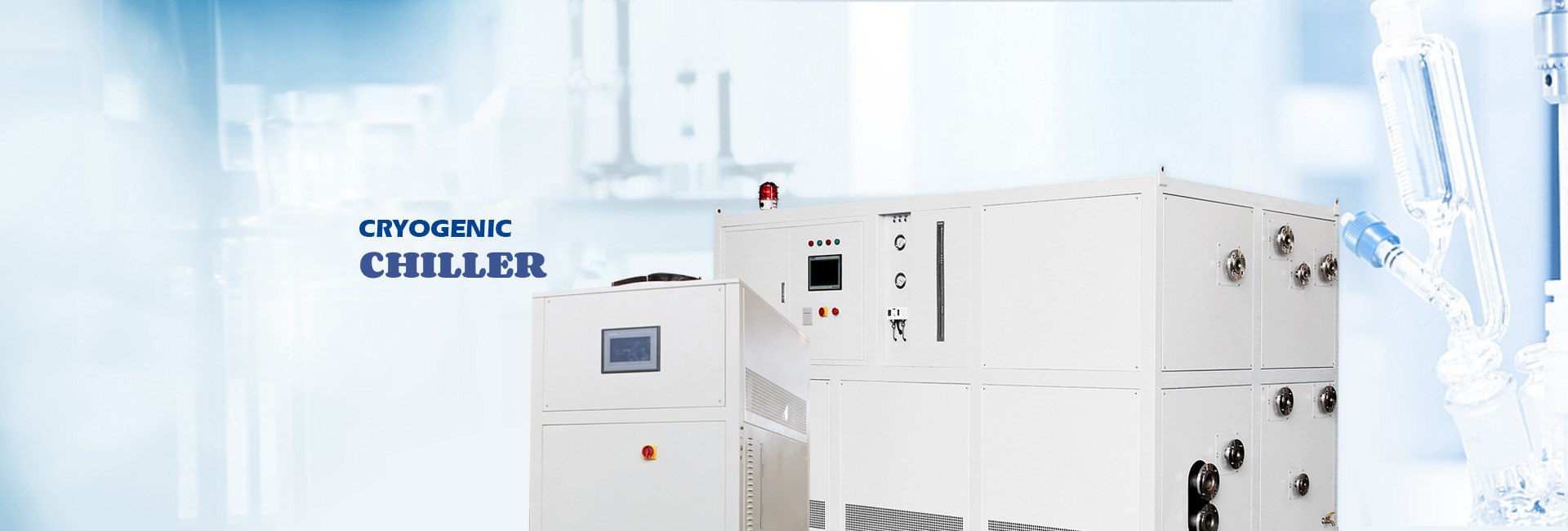Necessity of temperature control in fractional distillation of distillation

The pharmaceutical and chemical industry involves many chemical reactions, and with the continuous development of the pharmaceutical and chemical industry, there is a great demand for such instruments. The traditional open cooling and heating constant temperature bath is not efficient, and the temperature range of the fully enclosed high and low temperature all-in-one machine can reach -120 degrees to 200 degrees, which can meet the needs of many enterprises. The high and low temperature all-in-one machine is easy to operate, much smaller than the original, less stable, and occupies a small area. The temperature meets the needs of the pharmaceutical and chemical industries.
During the operation of the drying equipment, it is necessary to stir various physical forms such as external temperature and humidity through the drying equipment to achieve the desired state. At this time, the heating operation requires a high and low temperature integrated machine. The high and low temperature integrated machine can be heated to 350 degrees, and can be heated by different media. The equipment is stable in operation, smaller than the heat conduction furnace, and easy to operate.
The biological industry can be equipped with bioreactors, extraction and ion exchange equipment for evaporation, crystallization, distillation, etc. in bioengineering, and for temperature control of cooling and heating. This kind of reaction process has many exothermic reactions and needs to be cooled. Therefore, a high and low temperature integrated machine is required to perform refrigeration, heating and temperature control, and provide a corresponding cold source. The use of high and low temperature integrated plate heat exchanger reduces the demand for heat transfer fluid, improves the heat utilization rate, and achieves the purpose of heating and cooling.
When distilling mixed liquids with a large difference in boiling point, the one with the lower boiling point is distilled out first, the one with the higher boiling point is distilled out later, and the non-volatile one is left in the distiller. In this way, the purpose of separation and purification can be achieved. Therefore, distillation is one of the commonly used methods for separating and purifying liquid compounds. It is an important basic operation and must be mastered proficiently. However, when distilling a mixture with a relatively close boiling point, the vapors of various substances will be distilled at the same time, but there are more low boiling points, so it is difficult to achieve the purpose of separation and purification, so we have to resort to fractional distillation. Pure liquid compounds have a small boiling range (0.5-1°C) during distillation.
Fractional distillation is actually multiple distillations. It is more suitable for the separation and purification of liquid organic mixtures with similar boiling points. The necessity of fractional distillation: (1) The distillation separation is not complete. (2) Multiple distillation operations are cumbersome, time-consuming and wasteful.
A large part of our LNEYA customers in the pharmaceutical industry in China also have temperature control requirements in this regard. Most of the SUNDI series equipment purchased is because it can not only control the reaction vessel but also accurately control the temperature accuracy (temperature difference).

 LNEYA Industrial Chillers Manufacturer Supplier -
LNEYA Industrial Chillers Manufacturer Supplier -











